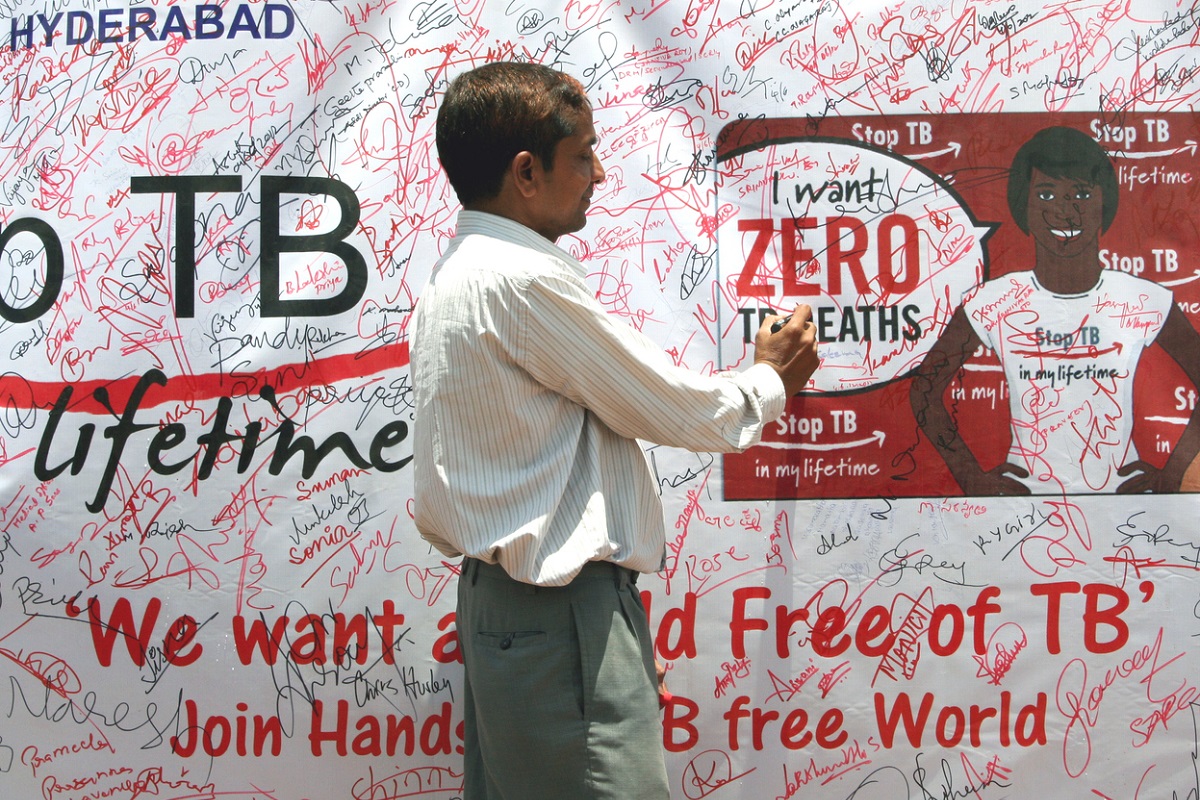Should the government of India competently fund and execute the National Strategic Plan for Tuberculosis (TB) Elimination 2017-2025 (NSP), there is a fair possibility that it would assume control over a disease that has earned the country the notoriety of having the world’s highest TB burden. Tuberculosis, a curable disease, continues to be a global killer, having caused 1.6 million deaths worldwide in 2017. To go by the Global Tuberculosis Report 2017 report, incidence of TB in India (including HIV) is 27,90,000, incidence referring to the number of new cases during a certain time period (usually a year). The details are numbing. Mortality due to TB (excluding HIV) is 4,23,000; incidence of Multi Drug Resistant TB/RR is 1,47,000; incidence of HIV-TB is 87,000; mortality due to HIV-TB comorbidity is 12,000, making the country an epicentre for a disease that is a global health challenge. India accounted for 27 per cent of the 10 million people developing TB in 2017, for 32 per cent of global TB deaths among HIV-negative people and 27 per cent of combined TB deaths, making India’s stated ambition to be TB free by 2025 “unrealistic”, as the British medical journal Lancet confirms. Indeed, so are the ambitions to make this a tuberculosis- free world by 2030, which is the target set by the United Nations Sustainable Development Goals. If strategies to end the epidemic are professionally managed, the earliest that the world can be rid of tuberculosis will be 2045. The dangers lie in the inadequate mechanism to detect TB early and snap channels of transmission, something difficult in the socio-economic circumstances in which many tuberculosis victims find themselves.
It is nobody’s case that India cannot manage entrenched diseases. Its success with polio is a global case study and a major contribution to global health challenge management. Its vibrant biotech and drug industry dominates the TB and HIV medications space, accounting for more than 80 per cent of the global market. Addressing the tuberculosis challenge is, however, more than about producing self-laudatory brochures on the NSP; it is about pressing every resource into service and looking hard at suggestions such as making TB a notifiable disease, introducing daily drug regimens and rolling out molecular and drug-susceptibility testing. Laudable though the NSP is, it does not have the management and financial resources – $2.5 billion in funding for the first three years. Even if such sums are not available, it should be possible to optimize resources, bringing private efforts on board, which could avert eight million deaths between now and 2045, as conveyed by the UN’s special envoy on TB. Only concerted and committed efforts will invest the World TB Day programmes today with some significance and not only be about photo opportunities.
Advertisement











